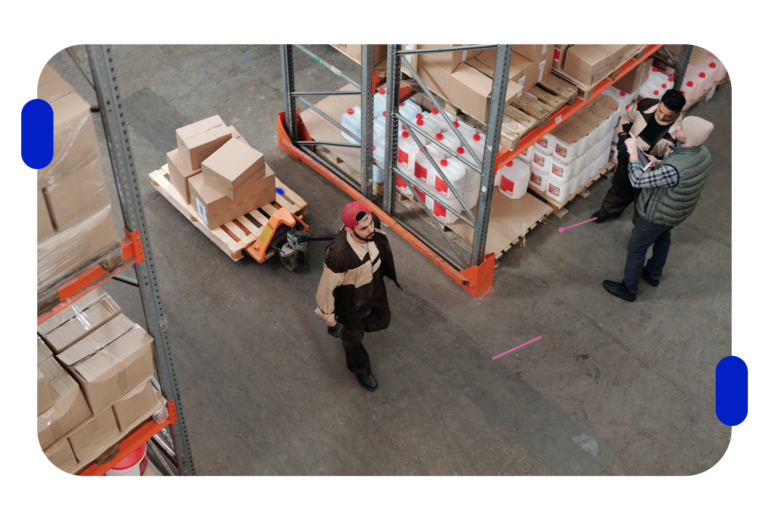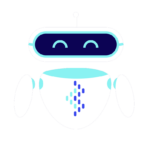Unlock all the power of Computer Vision
The realm of Data Science is assuming an ever-growing influence in shaping technological progress within the business domain. To facilitate your company’s digital transformation, this playbook serves as a guide that brings you closer to formulating optimization strategies for enhancing production, processes, and outcomes using computer vision.

In this playbook you will learn
#1
What is Computer Vision
#2
Computer Vision applications
#3
Ethics in Computer Vision
#4
What do you need to get started?
Differentials of Computer Vision
Experiencing a continuous process of industrialization, the Latin American country improves its technology every day and offers several differentials in its outsourcing services, mainly in the area of information technology.

Deep Learning
Machine learning enables computers to perform human-like tasks. Deep learning accelerates training and boosts autonomy by allowing computers to learn image processing, identification, analysis, and prediction independently.

Attention to the details
The use of data allows computers to relentlessly interpret the visual world. Computer vision technology makes it possible to see flaws that humans would be unable to perceive, making it possible to automate the process of identifying errors.

Computers trained with data
Computer vision uses extensive databases to train machines in analyzing images. This enables rapid analysis of thousands of products on production lines, and multiple layers are used to extract all required information for a given task.

Next to big cases
Google Translate uses computer vision tech since 2016 for accurate translations via phone cameras. FaceApp collects smartphone data via image recognition to create realistic transformations with filters for gender, age, and features.
Computer Vision use cases

Identification and classification of documents

Safety improvement in industrial processes

Detection of behavior and movement in processes
Maximize your Computer Vision capabilities by accessing our materials
Get access to the playbook now!
Download our playbook and learn more about Computer Vision: a cutting-edge technology that will improve your business processes. In a quick and dynamic reading, discover can help you improve the efficiency of your processes and save time and money.

